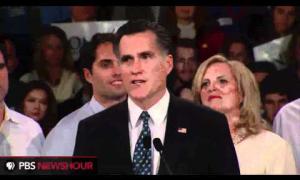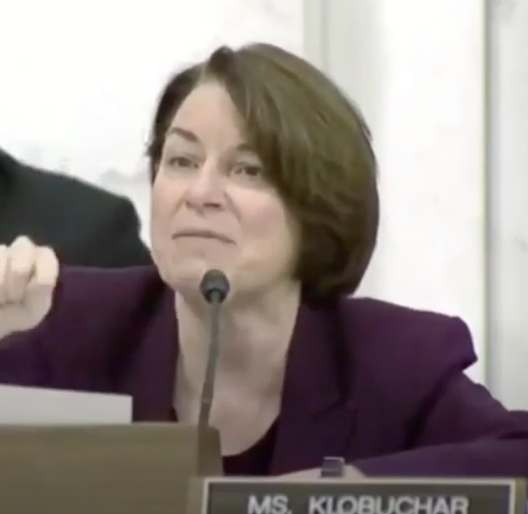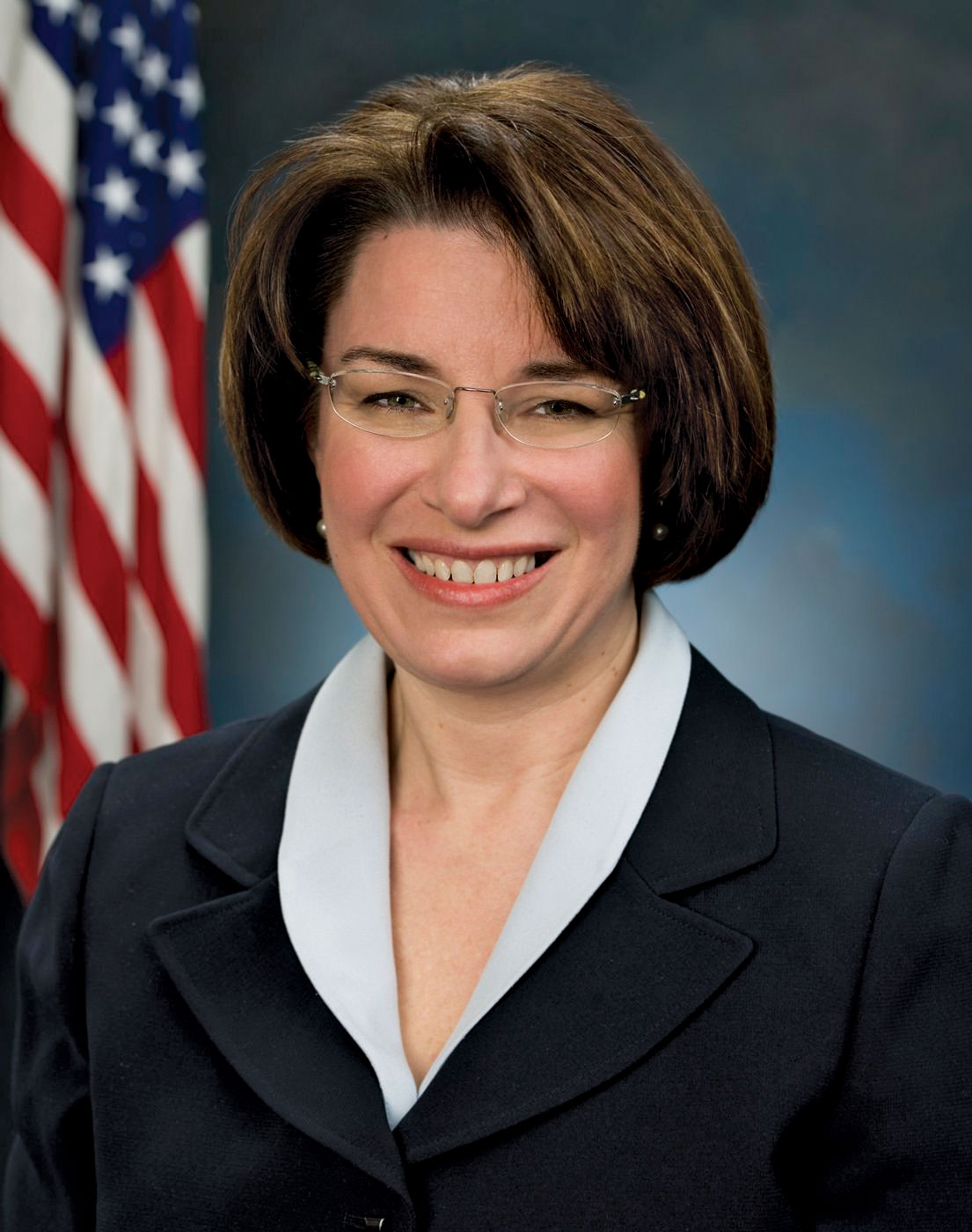Saving Public Higher Education
October 12, 2016
"We are, I believe, at a tipping point. The question is which way public higher education will fall, and who will do the pushing."
Good afternoon! Thank you, John, for your introduction, and thank you to Times Higher Education for bringing together so many exceptional leaders from around the world.
As president of the Association of American Universities, I am privileged to represent 62 of the finest research universities in the United States and Canada. That includes our host this week, the University of California-Berkeley, as well as two institutions where I served as president: the University of Iowa and the University of Michigan.
I believe deeply in the power of AAU universities to make a difference, as evidenced by their presence in any and all serious rankings of the world’s leading universities. From Harvard and Johns Hopkins to Texas and Washington, these research universities foster innovation, attract and advance talent, and improve the quality of our lives in myriad ways.I am here today not only as AAU president. I am here as a former university president, and as a scientist. And I’m here as a grandparent and citizen who wants a prosperous, educated world for future generations.
We are all here because of our belief in, and concern for, higher education and its essential role in society.
I mentioned Iowa and Michigan, as well as Berkeley and Washington. I cannot deny a special affection for this country’s public universities. Public universities carried me here today and are where I devoted my entire career. I am indebted to the universities of Texas, Kentucky, North Carolina and New Mexico, in addition to Iowa and Michigan, for exceptional teaching, research and leadership opportunities.
I’m pleased that the World Academic Summit is being held for the first time in the United States. American higher education – particularly public higher education – is one of the monumental achievements of our country. President Thomas Jefferson was rightfully adamant that a cornerstone of democracy is education for all, “from the richest to the poorest.”
But let’s not be parochial. Accessible, quality higher education matters everywhere. That is obvious by the voices being heard at this Summit, from Germany and India to Brazil and New Zealand. Higher education is both a public good and a global concern.
And yet, in this country and around the world, higher education is a public good lacking public support. I want to explore that today by looking backward a bit, as well as by trying to predict the future.
Because there are signs – small, noteworthy signs – that society is prepared to step forward and protect our colleges and universities before they are irreversibly damaged. I want to believe we are nearing a tipping point that will, after years of neglect, restore public higher education to its rightful place.
The current landscape is a ravaged one for America’s public universities and colleges.
In a 15-year span, starting in the year 2000, investment by the American state governments in public higher education declined 30 percent. Thirty percent. That is an ominous start to the 21st century. And a large step backward for a nation aiming for the highest proportion of college graduates in the world by the year 2020.
If we look at the funding scenario that began in 2008 with the great recession, the numbers across our country are numbing. Public funding for higher education in Arizona is down 56 percent. Wisconsin is down 25 percent. Pennsylvania, 33 percent. Illinois, 54 percent.
If the stock market trended like this, our nation would be in a dead panic. And yet, sadly, we aren’t.
My friend Jonathan Cole, who served ably as provost at Columbia University and who has written extensively about the American university, does not mince words when assessing the landscape: “This amounts to a pillaging of the country’s great state universities.”
As government funding drops, the cost of education rises for students and their families. At the same time, universities are forced to cut programs and services; they strive to remain affordable, while potentially weakening their quality.
It is an unsustainable model for all involved.
These forces have left public universities in the U.S. increasingly compromised in our mission to move America forward.
Just as damaging as the decline in financial support is the moral disinvestment. There is skepticism about the value of a college degree and the purpose of a liberal arts education that is both troubling and disheartening. It is a skepticism that does not speak to our values as a democratic society that was first in the world to offer free, public K-12 education.
We must reiterate why public universities matter.
Higher education is a public good. We all embrace this and promote this, and it cannot be said enough. Higher education is a public good.
In this country, more than 85 percent of students who graduated from high school enroll in college within eight years. Eighty-five percent is a staggering number, and one we should take pride in.
And when these students select a college or university, the vast majority – 80 percent – enroll in a public college institution. There are currently more than 17 million undergraduate students in American higher education today, and eight of every 10 are matriculating at a public institution.
In addition to public community colleges and regional universities, every state in the country has at least one public university recognized for its high or very high research activity. These are places like Wisconsin, Arizona, Florida and Texas. Most states have two, three or more of these high-activity research institutions.
The opposite holds for private universities. Visit more than half our states, and you will not encounter a single private research university.
Public universities are the workhorses of American teaching and research. And the benefits to society are powerful.
We know that university graduates will see greater financial success in their lifetime than a typical high school graduate – to the point that their earnings difference will far outpace the original cost. That is an impressive Return on Investment.
And there are other benefits. People with a college or university degree are more likely to exercise, less likely to smoke, more likely to vote, and are the first to volunteer and give back to their communities.
Let me share one more payback from investing in higher education.
When the federal government awards research dollars to universities, those funds support faculty, graduate students and post-doctoral fellows, staff, clinicians and others. We all know this.
But the impact goes much, much farther than most realize.
Research requires equipment, technology, goods and services. Which means a research grant awarded to the University of Oregon or Georgia Tech will benefit vendors across town or across the country.
Researchers at the University of Michigan – working as IRIS, or the Institute for Research on Innovation and Science – are using big data to validate the economic and social effects of university research.
Using census data, payroll records and federal grant awards, IRIS studied the spread of federal research spending at 15 universities in 12 states. They tracked more than $2.2 billion in research dollars spent in these 12 states and demonstrated how the money spread to vendors and contractors in more than 1,600 counties across the nation.
One thousand six hundred counties. In short, one of every two counties in the country is reaping the benefits of university research. And that is only for 15 universities.
When plotting the spread of these dollars on a map, it appears measles have broken out across our nation. This is an epidemic, and a very healthy one at that. University research not only delivers cures and answers, it also provides livelihoods for hundreds of thousands of people.
All of these data – from personal income of graduates to vendor impact – are important to measure and quantify. It validates our work. Yet higher education is not a commodity. We are not the newest smartphone or hybrid vehicle to hit the market, although we may well have developed the technology behind it.
We exist for our mission is to serve the public. Public universities have a compact with society, and especially the citizens of our states, to work on their behalf and promote the greater good.
Similarly, the federal government and the states recognize the mission of private universities also serve society by granting them tax-exempt status.
At the turn of the 19th century, Thomas Jefferson sat in his home in Virginia with a judge from the Michigan Territory named Augustus Woodward. They exchanged stories and ideas, united in their passion about the necessity of public education in the new republic. They believed human knowledge could and should be catalogued and classified.
Most significantly, they understood that democracy demanded an educated citizenry.
Augustus Woodward would become one of the founders of the University of Michigan, a place I know very well. Thomas Jefferson would, of course, establish the University of Virginia.
Next year, the University of Michigan will celebrate its bicentennial, followed in 2018 by Virginia. Few American institutions have endured 200 years, and even fewer have a global reputation and impact.
Thomas Jefferson said he wanted his university to be “worth patronizing with the public support, and be a temptation to the youth of other States to come and drink of the cup of knowledge.”
Listen again to his words: “Worth patronizing with the public support.”
His philosophy – that a university serves the people, who in turn support the institution – spread as the nation grew. It was embodied here at UC-Berkeley, when the very first building was erected in 1872. A regent espoused the democratic roots of the university, declaring that, quote, “the state is bound to furnish the citizen the means of discharging the duties it imposes upon him. If the state imposes duties that require intelligence, it is the office of the state to furnish the means of intelligence.”
This is what is at risk: the means to educate the broadest possible swath of our society, for the betterment of society, with full public support.
Inclusiveness is in the DNA of public higher education. I am deeply concerned about the plight of public universities because of our ability, and our obligation, to educate students from all walks of life – particularly low-income, first-generation and underrepresented students. We cannot lose sight of that, particularly as our society grows more diverse.
And we should not forget that American universities are a beacon for international students. Since the year 2000, the number of international students has grown by more than 67 percent. They enrich our classrooms and laboratories as much as our universities transform them.
I truly did not come here today to spout doom and gloom about higher education’s place in the world. Like you, I may at times feel discouraged, but not defeated. I live and breathe higher education, and I am not going to walk away from something so vital.
We are, I believe, at a tipping point. The question is which way public higher education will fall, and who will do the pushing.
Barring a major change in attitudes and actions, I fear public higher education will be that in name only, no longer a public good but a private one. But I also am an optimist by nature, and fervently believe we will not abandon such an essential feature of American democracy.
There is no turning back from extinction. I’m reminded of the Endangered Species Act of 1973, and how we in the United States came to realize the irreparable harm being done to animal life. Majestic creatures such as the bald eagle, grizzly bear and whooping crane, among others, were deeply threatened by urban sprawl, pollution and hunting. Legislation saved them, and hundreds of other creatures.
To quote the framers of the Act, “Our ability to destroy, or almost destroy, all intelligent life on the planet became apparent only in this generation. A certain humility, and a sense of urgency, seem indicated…”
Humility and urgency. I am cautiously optimistic – quite cautiously – we are seeing both in the support of public universities.
In the last year, legislators in 38 American states have increased per student funding. These are baby steps – the increase amounts to less than 3 percent – but baby steps in the right direction. At the same time, only four states have returned to funding levels above those of 2008, when the recession struck. In other words, 46 U.S. states continue to spend less on students than before the financial downturn.
Still, I’m hopeful. Hopeful because higher education is the focus of a new documentary called “Starving the Beast.” It examines 35 years of cuts to public universities, and the growing view that a college or university education is merely a private commodity to be purchased.
It has been a decade now since the release of another documentary, “An Inconvenient Truth,” and its examination of climate change. Studies have shown the film both raised awareness about global warming and inspired people to act.
And it has staying power. As the film marked its 10-year anniversary this summer, people were asked how it affected them. The responses were quite telling:
Quote: “We’ve made some strides but there is still a lot to do”
“Ten years later and more important than ever.”
“One of the main reasons I did an Environmental Science degree.”
“Collectively, we need to act.”
Will “Starving the Beast” have a similar impact? I’m not sure. But that it was produced in the first place and is in theaters – and drawing media attention – tells me that our concerns as educators are taking hold at a wider level.
And I strongly support the sentiment that, collectively, we need to act.
For the past three years, I have served as co-chair of the Lincoln Project, an initiative of the American Academy of the Arts and Sciences. My fellow co-chair is Robert Birgeneau, who devoted nine years here as Berkeley’s chancellor.
The Lincoln Project honors Abraham Lincoln’s historic signing of the Morrill Act in 1862, which led to the country’s extraordinary system of public universities. We traveled the country talking to university presidents, business executives, foundation leaders, and state legislators about the future of our public research universities.
Recognizing the complexity of the problems we face augurs our capacity to solve them – as a nation and as global citizens.
This is what led the Lincoln Project to issue a clarion call for a 21st century compact to revive, stabilize, and ultimately strengthen public research universities. We invoked the spirit of both Lincoln and Jefferson in restoring the bond between society and its universities.
We recommend three overarching strategies.
Collectively, we must correct our financial imbalances. The American states must develop alternative strategies besides cutting university funding to balance the state budget. Universities must be more efficient, and seek out new revenue streams.
Second, we must create public-private partnerships to sustain and strengthen research and education for the future. The private sector should acknowledge the importance of public research universities to the workforce by supporting scholarships and internships.
And third, we must improve student access and performance by simplifying financial aid, tracking student performance and making it easier for students to transfer. Our universities have made such strong gains in enrolling students, but we must do more to help them complete their degrees. Only about 60 percent are earning their bachelor’s degree, and they need close to six years to do so.
We can and must do better. All of us.
The first chancellor of this great university was Clark Kerr, who then rose to UC president. He was the architect of a state university system that came to be admired worldwide. He did so much to define public higher education in the latter half of the 20th century, and believed in education for all.
“As society goes,” he said, “so goes the university; but, also, as the university goes, so goes society. The progress of knowledge remains so central to the progress of civilization.”
Our collective progress and prosperity hinge on quality higher education. It is the strongest argument for lifting up our public universities.
The onus is now on all of us – faculty, elected officials, university presidents, business leaders, philanthropists and parents – to push for effective answers. To tip higher education in the right direction, for the good of tomorrow.
I trust that, together, we will see that American’s public universities are powerful, productive and globally relevant for the 21st century.




